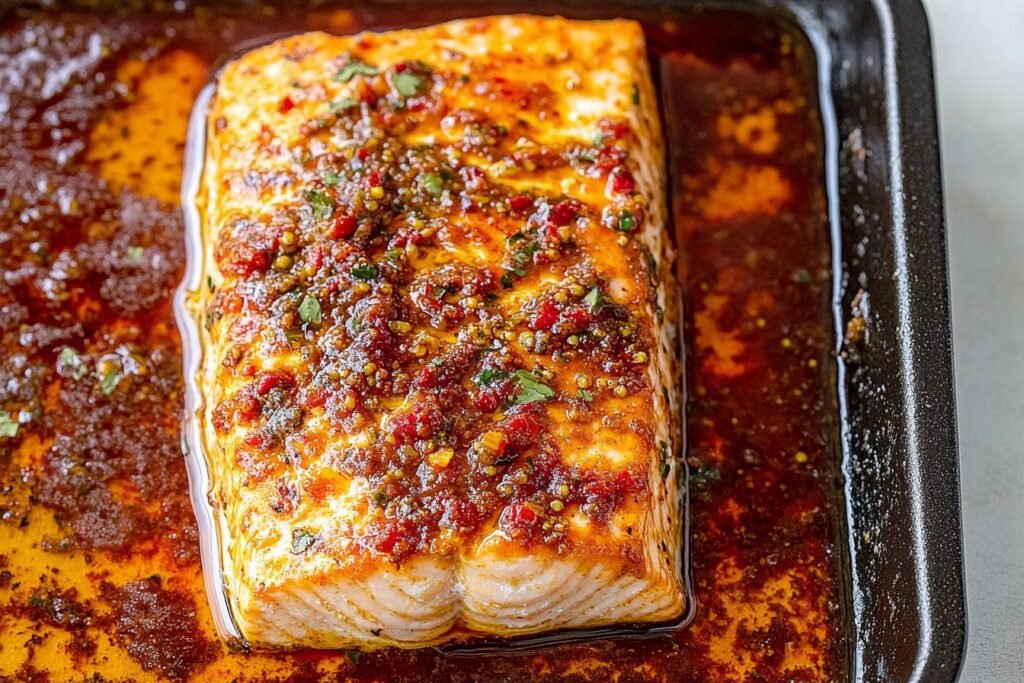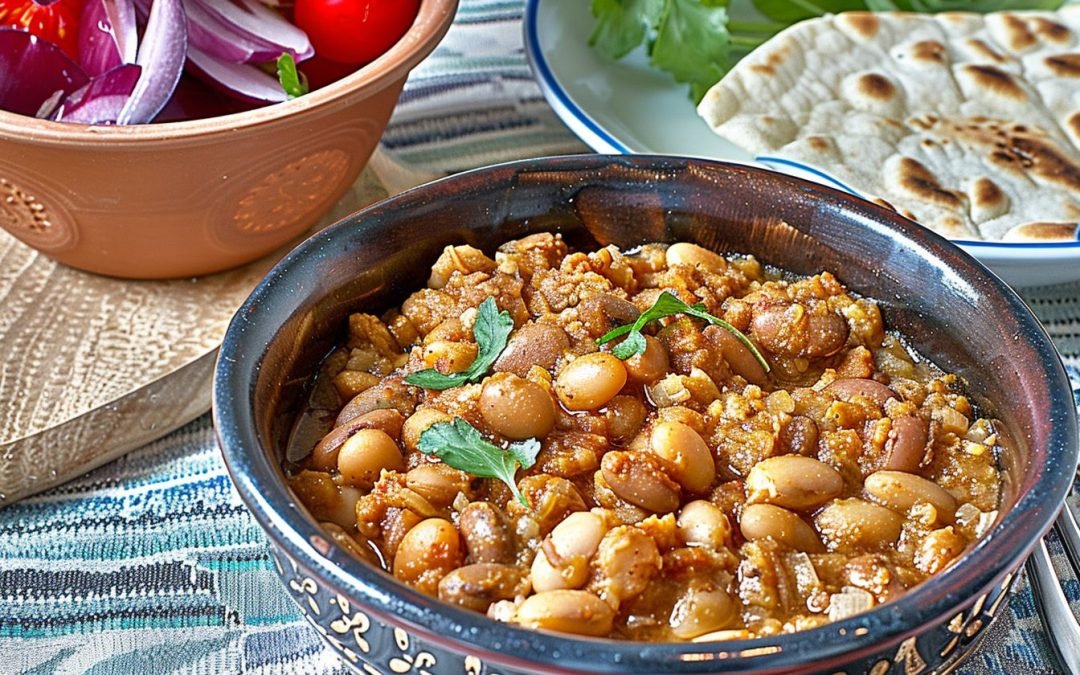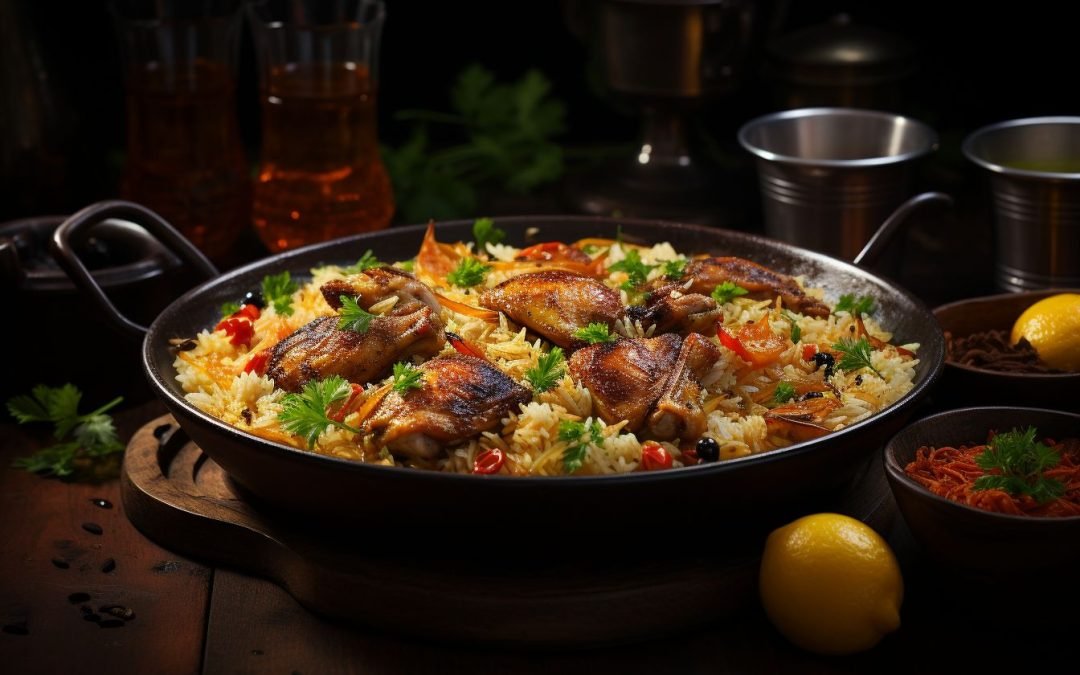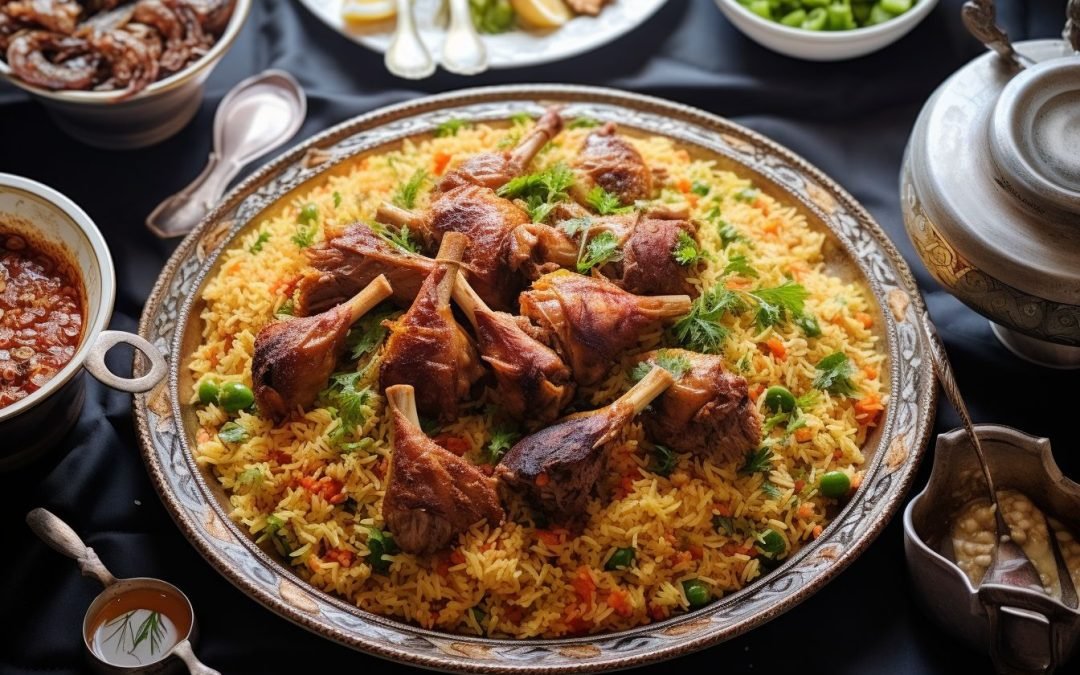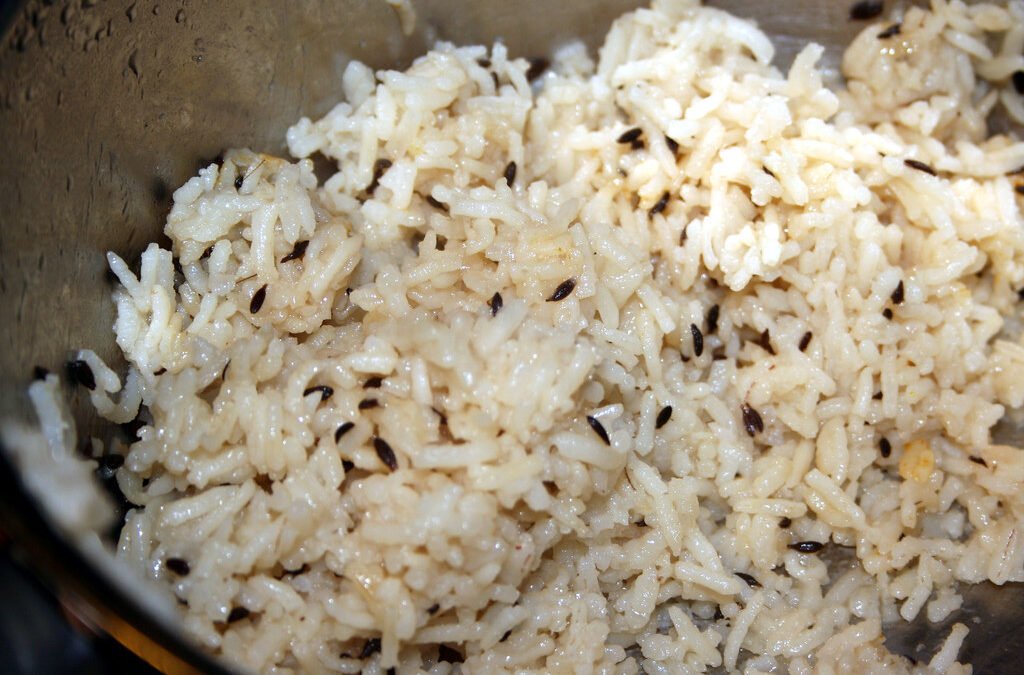If you’ve never tried freekeh risotto, you’re in for a treat. This dish swaps traditional arborio rice for freekeh, a roasted green wheat with a nutty flavor and chewy texture. It combines vegetable broth infused with herb scraps, sage, saffron, olive oil, onions, cardamom, ginger, white wine, Baladi cheese, and a blend of seasonings for a unique twist on a classic comfort food.
I love how the mix of spices and the bright wine elevate the earthiness of freekeh. The creamy texture of Baladi cheese balances the grain’s natural bite, making it satisfying without feeling heavy. This recipe is perfect for those who want something warming yet fresh and full of flavor.
What Is Freekeh Risotto?
Freekeh risotto blends the traditional creamy texture of risotto with the nutty, smoky flavor of freekeh. Freekeh is a roasted green wheat harvested while still young. It adds a chewy bite and a hearty twist to the classic Italian dish.
Unlike traditional risotto made from Arborio rice, freekeh offers a higher fiber content, making it a more filling alternative. The grains absorb flavors well, so the dish still feels rich and satisfying despite the different texture.
I like how it stays slightly firm, giving a nice contrast to the creamy sauce. Cooking it involves slowly adding broth to the grains, just like regular risotto, allowing the freekeh to soften while retaining its character.
I find this dish a fun change that still delivers comfort and warmth. It works well with a variety of mix-ins like vegetables, herbs, or cheese.
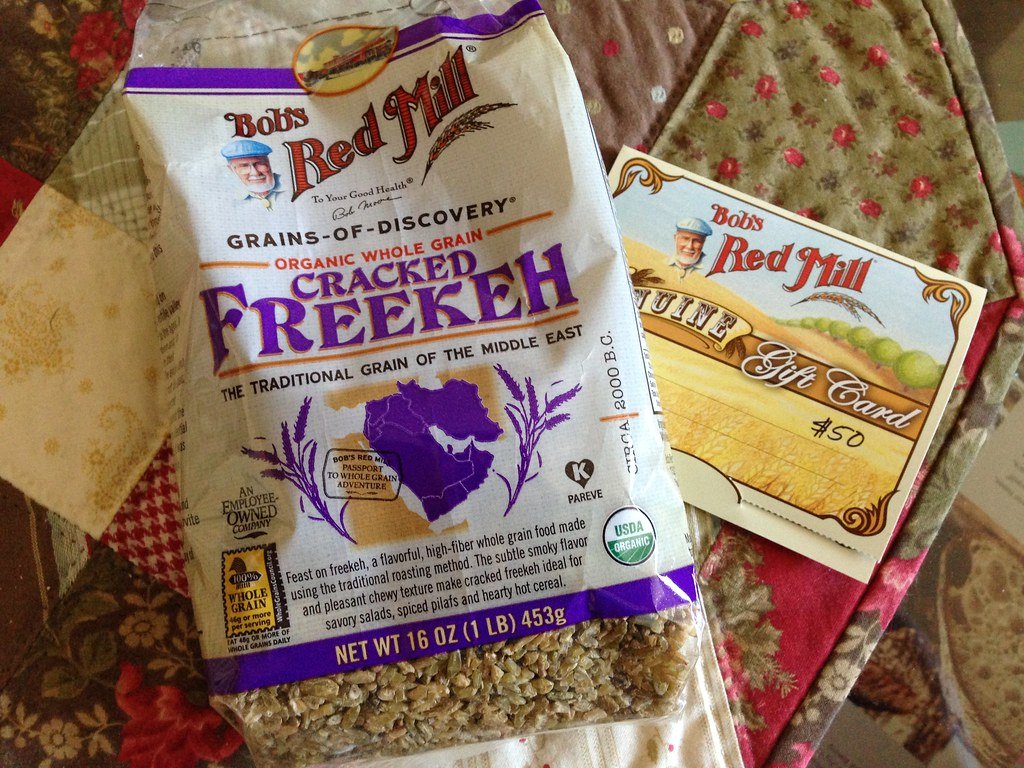
Ingredients
Vegetable broth
- Vegetable scraps (for example: carrot tops and ends, tomato cores, celery bits, onion tops, thyme, parsley stems, oregano, and zaatar leaves)
- Water
Freekeh risotto
- 6 cups of vegetable broth
- Leaves of sage (a bunch)
- 1 tbsp of saffron threads
- 2 small yellow onions minced
- 3 tbsp of olive oil
- A pinch of ground cardamom
- A pinch of ground ginger
- 2 cups of rinsed freekeh
- 1 cup of a good-quality, crisp, high-acidity white wine
- ½ cup of baladi cheese
- 1 tbsp of olive oil
- Coarse salt
- Ground white pepper
How to Make Freekeh Risotto?
- First, make the vegetable broth. Toss all the veggies and herbs into a pot, cover them with water, and let them boil for about 45 minutes. Once done, strain the broth and keep just what you need, saving the rest for later use.
- Next, warm the broth with sage leaves and saffron threads on medium heat. This helps bring out the flavors as you cook the risotto.
- In a big pot, heat olive oil and cook the onions until they soften. Then, add cardamom and ginger for a nice spice kick.
- Before adding freekeh, rinse it well to get rid of little stones. Once clean, stir the freekeh into the onion mix for 3 to 4 minutes to toast it slightly.
- After that, pour in the white wine and cook until it’s all evaporated. Then, add warm broth in small amounts – half a cup at a time. Stir constantly and wait until the liquid is absorbed before adding more.
- Keep going until the freekeh is creamy and cooked through. Finally, take it off the heat and mix in some olive oil, baladi cheese, salt, and pepper to finish it off.
Serving Suggestions
Ideal Garnishes and Toppings
I often add toasted pine nuts or chopped walnuts for a crunchy contrast. Fresh herbs like parsley, mint, or thyme brighten the dish and add a fresh aroma. A sprinkle of crumbled feta or goat cheese adds a creamy, tangy element that balances the chewy texture of freekeh.
Roasted cherry tomatoes or sautéed mushrooms work well for an earthy note. Lemon zest and a drizzle of good olive oil give a vibrant pop of flavor. I recommend adding garnishes just before serving to keep their texture and freshness intact.
Pairing with Sides and Drinks
This risotto pairs well with simple green salads dressed with lemon vinaigrette. I enjoy serving it alongside roasted vegetables, such as carrots or Brussels sprouts, to add natural sweetness and depth.
For drinks, I choose light white wines like Sauvignon Blanc or Pinot Grigio. Sparkling water with a slice of cucumber or lemon also complements the dish without overpowering it. These choices help maintain a balanced and refreshing dining experience.
Storing and Reheating
I always store leftovers in an airtight container to keep them fresh. It stays good in the fridge for about 3 to 4 days. Make sure you cool it down to room temperature before refrigerating.
If I want to keep it longer, I freeze the risotto in portions. When frozen, it lasts up to 2 months. I label the containers with the date so I don’t lose track.
For reheating, I prefer using a stovetop method. To restore its creamy texture, I add a splash of broth or water to the pan and warm the risotto over medium heat.
Alternatively, I use a microwave. I cover the risotto loosely and heat it in short intervals, stirring in between. This ensures even heating and keeps the dish moist.
I avoid reheating more than once. Repeated heating can make the texture grainy and less enjoyable.
Common Mistakes To Avoid
One mistake I often see is treating freekeh like regular rice. It takes longer to cook because of its whole grain nature, so rushing it results in a chewy texture. Be patient and add broth gradually.
I also avoid using cold broth straight from the fridge. Warm broth helps the grains cook more evenly and absorb flavors better. I always keep mine on low heat nearby.
Over-stirring is another trap. Unlike traditional risotto, freekeh doesn’t release as much starch, so stirring too much won’t make it creamy. I stir gently and just enough to prevent sticking.
Under-seasoning can dull the dish. Freekeh has a nutty flavor that shines with the right salt, herbs, or spices. I season progressively and taste often.
Finally, trying to make it too far ahead can affect the texture. I prefer to serve it fresh. If you must store leftovers, reheat with a splash of broth to restore moisture.
Conclusion
Freekeh risotto brings a new texture and flavor to the classic dish I’ve always enjoyed. The nuttiness of freekeh adds a lovely depth without overpowering the other ingredients.
I like how it holds up well during cooking, giving the risotto a slight chewiness that rice doesn’t offer. Plus, its nutritional profile makes me feel good about eating something that tastes this good.
If you’re looking to try a change from traditional risotto, freekeh is worth experimenting with. You can easily swap it in your favorite recipes and still get that creamy, comforting result.
For anyone wanting a cozy dish with a little twist, freekeh risotto hits the spot. It’s simple to make and offers a fresh taste I keep coming back to.
Did you know? You can have this risotto as a side dish along with delicious harissa salmon.
Interested? Get this recipe now (by clicking the image below):
